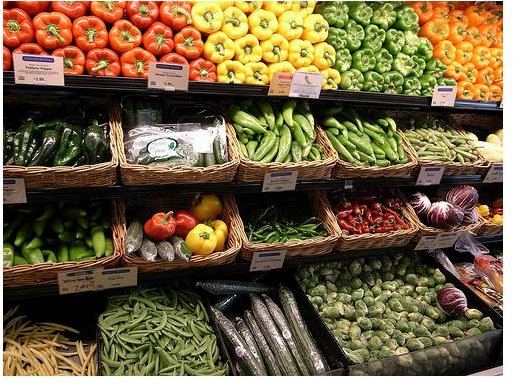Designing an Optimal Performance Fitness Training Diet Plan
The Benefits of Optimizing Your Diet
Training for and competing in high-energy sports, such as racing, weight lifting, and cycling can put a huge strain on the body. A lot of calories are burned during hours of endurance or strength exercise every week; and, the consistent intense activity leads to a much greater need of nutrients for repair at the cellular level, and recovery at the physical level. In order to perform at one’s best in a competition, and be able to safely sustain a rigorous training program, athletes often start a fitness training diet plan.
The extra calories of an optmized diet supply not only enough carbohydrates, fats, and proteins, but enough vitamins and minerals for the specific needs of a high-performance lifestyle. Athletes require a larger dose of nutrients, which when lacking can lead to feelings of fatigue during training, injury, and sub-par performance during a competition. Supplements are helpful — specific needs can be recommended by either a nutritionist or physician — but food sources are much more readily available for the body to use, making a training diet a guarantee of sufficient nutrition.
The Optimal Performance Training Diet Plan
This is an outline of a training diet plan for competitive athletes, which can be modified to suit one’s individual needs. As opposed to a normal diet, in which about two thousand calories are consumed, in a performance training diet plan, close to three thousand calories should be consumed for women, and nearly four thousand for men, of which 65% should come from carbohydrates, 23% from protein, and 12% from fat. This does not however translate into eating whatever one wants, but allows for an enormous quantity of vitamin and mineral-rich foods.
The fitness training plan includes six to eight servings of whole grains such as brown rice, oatmeal, whole grain bread or pasta, and corn. About one cup is equivalent to one serving. Grains are an excellent source of the B-complex vitamins, which are necessary for metabolism, as well as nerve health, fiber, and an array of minerals.
Vegetables make up the bulk of this diet. This is because they are the highest source of nutrients for the lowest amount of calories. It is important to consume a wide variety of different vegetables, as each one has its own phytochemical make-up which can benefit the athlete. Eat green leafy vegetables for energizing chlorophyll, vitamins A, C, E, and K, and minerals such as potassium, magnesium, and iron, at least once a day if not more. Eat six servings of a combination of the cleansing and antioxidant-rich cruciferous vegetables (broccoli, cauliflower, cabbage) and the vitamin and mineral rich nightshade vegetables (bell peppers and tomatoes), mushrooms, and zucchini, as well as another five servings of the starchy vegetables — sweet potatoes, beets, carrots, and artichokes. A serving size is about one cup of cooked vegetables. It may seem daunting to eat so many servings, but try combining them. For example, eat one cup each of steamed cauliflower, zucchini, carrots, and mushrooms over brown rice, with a glass of tomato juice.
Aside from vegetables, eat about four servings of fruits every day. One piece of fresh fruit, or one cup of sliced fruit equals a serving. Fruits are perfect for snacking during the training diet plan, as they are a quick source of hydration, nutrients, and sugar.
Protein is a crucial component of a performance training diet plan as the body needs enough to re-build and repair itself after workouts. Eat about three servings each day. Four ounces of fish, chicken, or meat, or half a cup of cooked beans, quinoa, or amaranth supplies one serving of protein.
Fat is also important for athletes. Fatty acids make up cell membranes, provide energy, and are necessary for the absorption of fat-soluble nutrients. Include about three servings in the performance training diet, with a tablespoon of oil, a teaspoon of butter, and a handful of nuts making one serving.
Although dairy is a source of both protein and fat, make sure to eat three separate servings of calcium-rich dairy each day — a glass of milk, a cup of yogurt or cottage cheese, or a slice of hard cheese.
Start slowly with the fitness training diet plan, and over time integrating all of these foods will be easy. Remember a healthy, well-rounded diet is a foundation for optimal performance.
Sources:
Balch, Phyllis A. " Prescription for Nutritional Healing." Fourth Edition (Penguin Books, 2006).
Page, Linda. “Healthy Healing: A Guide to Self-Healing for Everyone.” Eleventh Edition (Traditional Wisdom, 2003).
photo credit: Masahiro Ihara
Please read this disclaimer regarding the information contained within this article.
